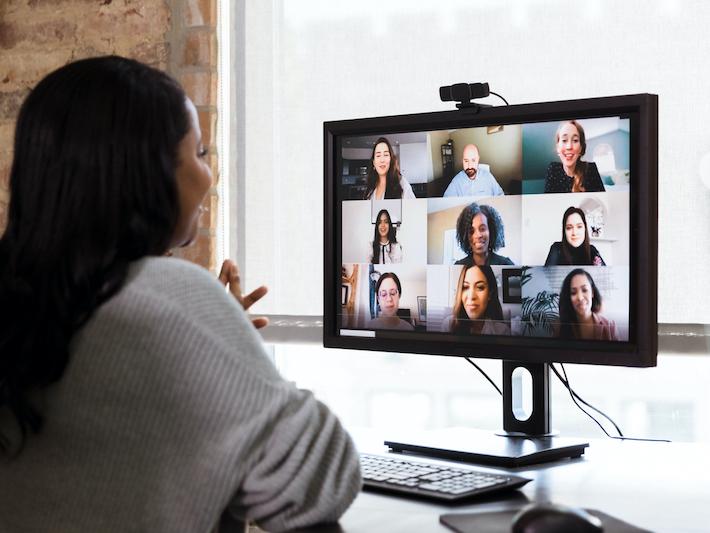We already know that virtuality is here to stay in universities. Live interactions in classes that allowed teachers to meet students physically and, more importantly, see their body language and emotional expressions are increasingly a thing of the past. Occasionally, such expressions allowed us to obtain crucial information that, most of the time, the student did not dare to express in words. Many other times, there were general reactions that allowed us, as teachers, to rethink the topics covered and the way they were discussed.
We are now seeing the proliferation of digital courses, many of which have different characteristics. Some of the most important characteristics are the number of students involved – because there is a big difference between a small course versus a massive attendance course – the tools used for interaction and whether the format is synchronous or asynchronous.
- How to foster belonging to advance equitable learning in your classes
- Tips from students on how to film videos that keep them engaged
- My teacher’s a robot: beating negative perceptions when teaching online
In any of these cases, however, it remains challenging to get to know all of your students when there is no face-to-face presence inside a physical classroom, and the tool that provides us with a version of proximity to them is a camera. It seems that whether the student is using their laptop, tablet or smartphone, a problem that arises is that most students taking distance learning courses do not consider it important to turn on their cameras to demonstrate their presence.
We now know that there are three main reasons why students do not want to turn on their cameras in virtual classes: they do not feel comfortable being on camera and/or sharing their space; they are not physically ready to turn on their cameras (appropriate clothing and/or environment); they do not consider it relevant to their learning.
We also know that most teachers do not request that students turn on their cameras nor penalise them if they don’t.
While that is, of course, understandable, for those who would prefer their students to have their camera on, here are some tips that can encourage virtual presence:
- Focus on specific points. Most students are usually willing to turn on their camera for relevant moments of the class such as when asking questions or otherwise participating directly. Therefore, increasing such interactions and encouraging active student participation in class should become a fundamental point. Student participation can be easily encouraged by asking more direct questions or carrying out activities in class – either individually or in teams – and requiring students to present their results.
- Try virtual background contests. Involve students directly in developing their own virtual backgrounds. Do this at the beginning of the course and give students the tools required to make them, such as Canva or Vista Create. For those students who include a background using these tools, extra points can be awarded within their final grade as an incentive. If time permits, one option could be to give them a space within the first session to explore the tool and make their avatar. This activity can be weighted within the evaluation plan.
- Let students use avatars occasionally. Some technologies allow them to do this for free, such as Bitmoji or Google Chrome’s avatar maker, which are both very user-friendly tools.
- Finally, there is always the option of creating class policies that state it is mandatory to keep cameras on during the entire session. This is a risky course of action and can only be recommended for small groups of 25 to 30 students rather than large groups.
In conclusion, creating close learning environments with students even without physical classes is certainly possible if we provide them with the technological options and tools that help, and motivate them to be present, even when attending classes virtually. As teachers, we must also encourage them to use simple, versatile instruments and stimuli, generating an atmosphere of trust and respect in the classroom, where the policies of the course and what is expected of them are clear. It is at the discretion of the teacher whether to include some of the above activities as part of the assessment plan or provide additional incentives to those who regularly attend virtual sessions.
Gabriela Espínola Carballo is a teacher of digital education, educational innovation and digital learning at Monterrey Institute of Technology, Mexico.
If you found this interesting and want advice and insight from academics and university staff delivered direct to your inbox each week, sign up for the THE Campus newsletter.




comment